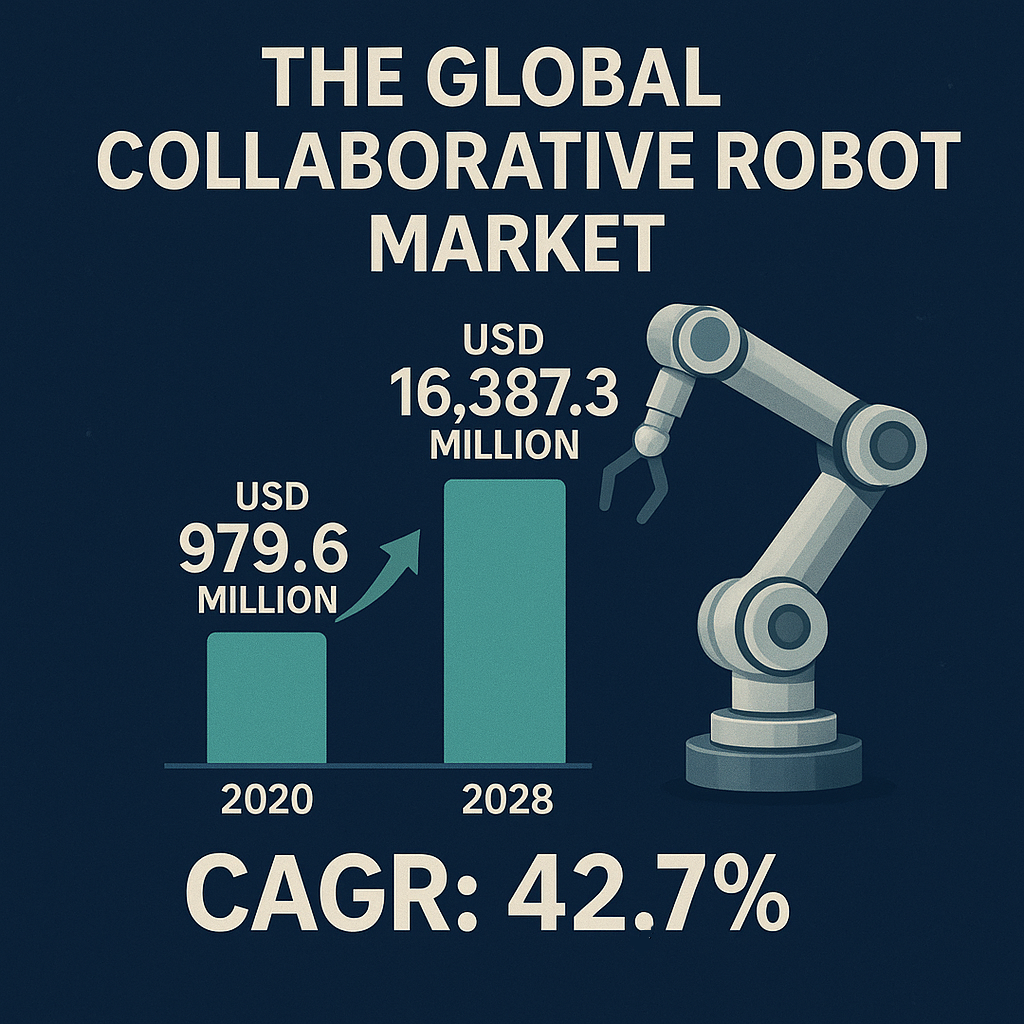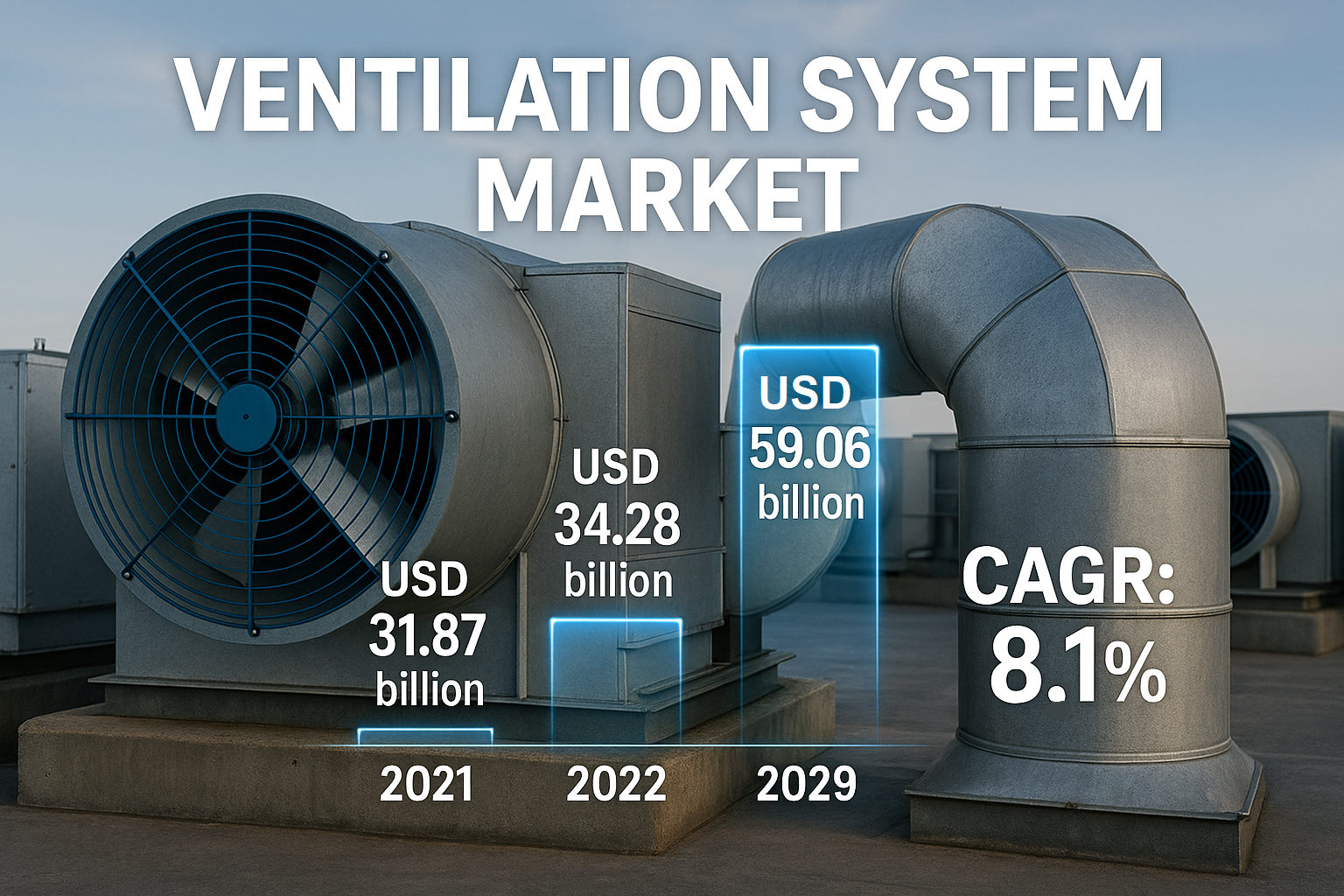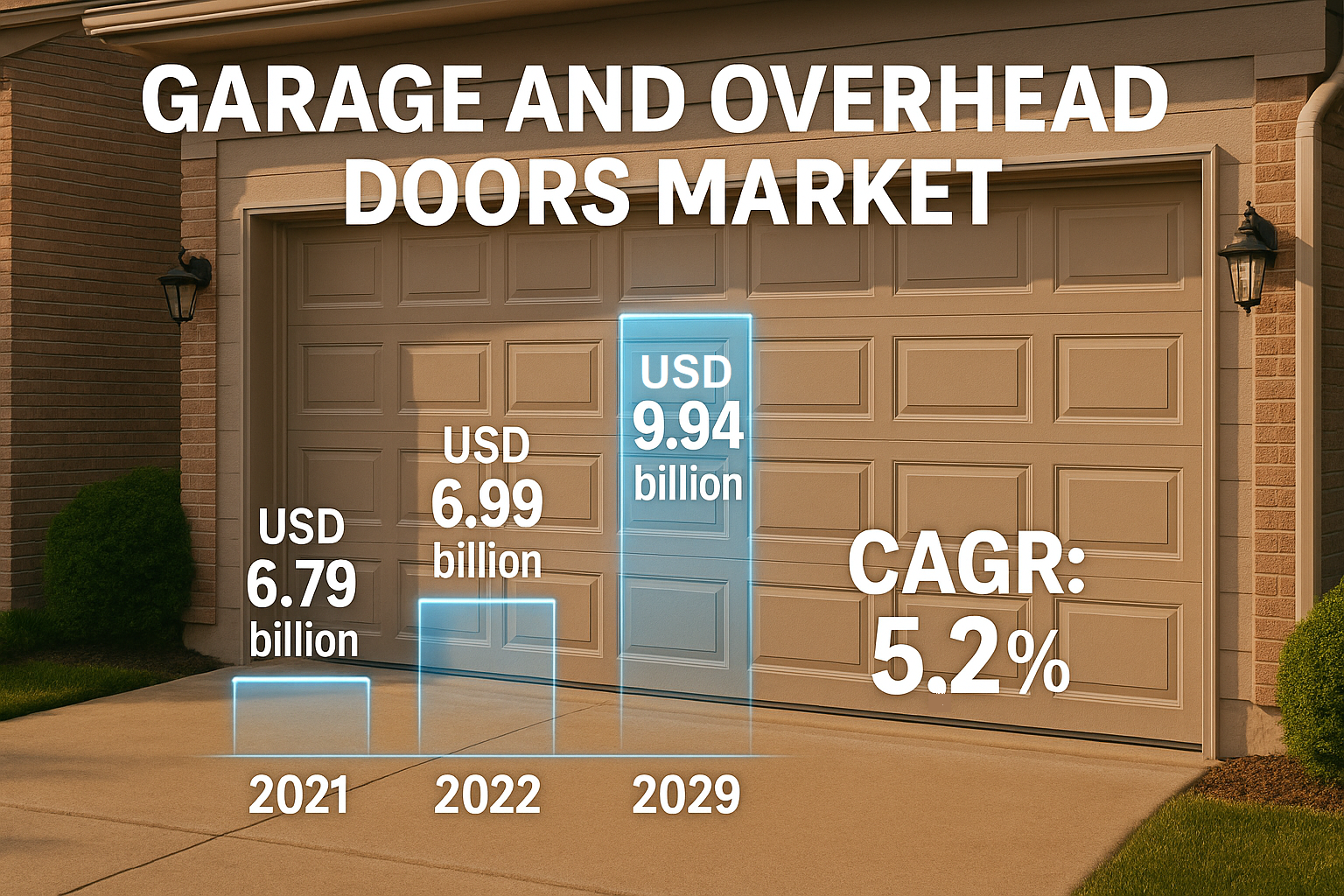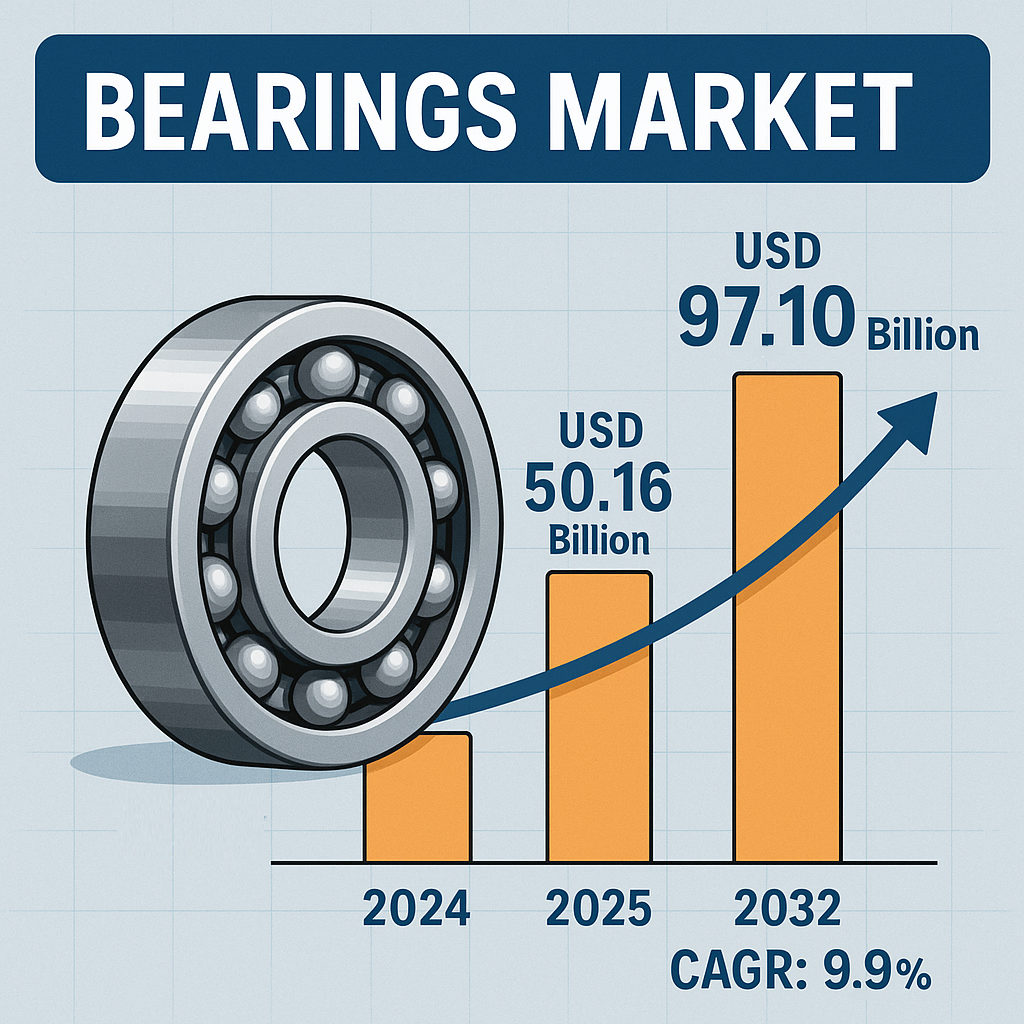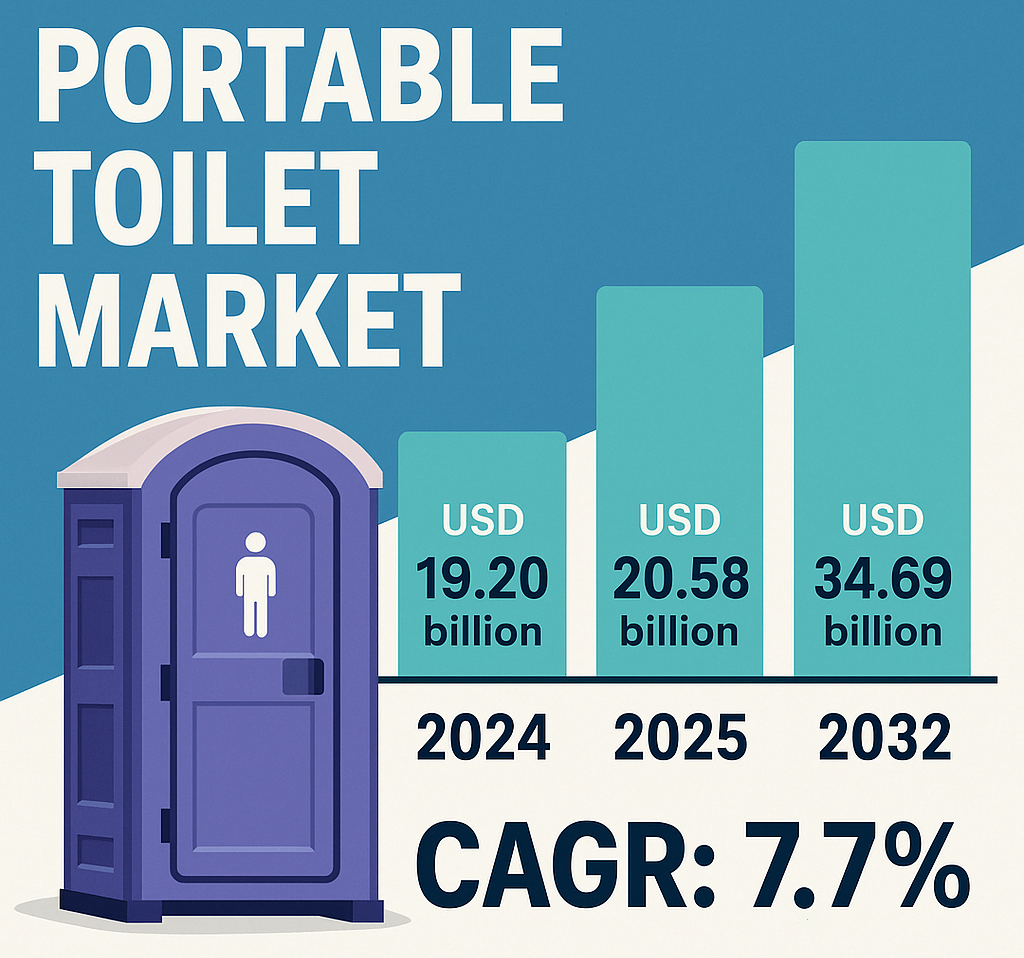Logistics Robots Market Outlook: Size, Share, Growth, Key Drivers, Segmentation, Regional & Recent Trends
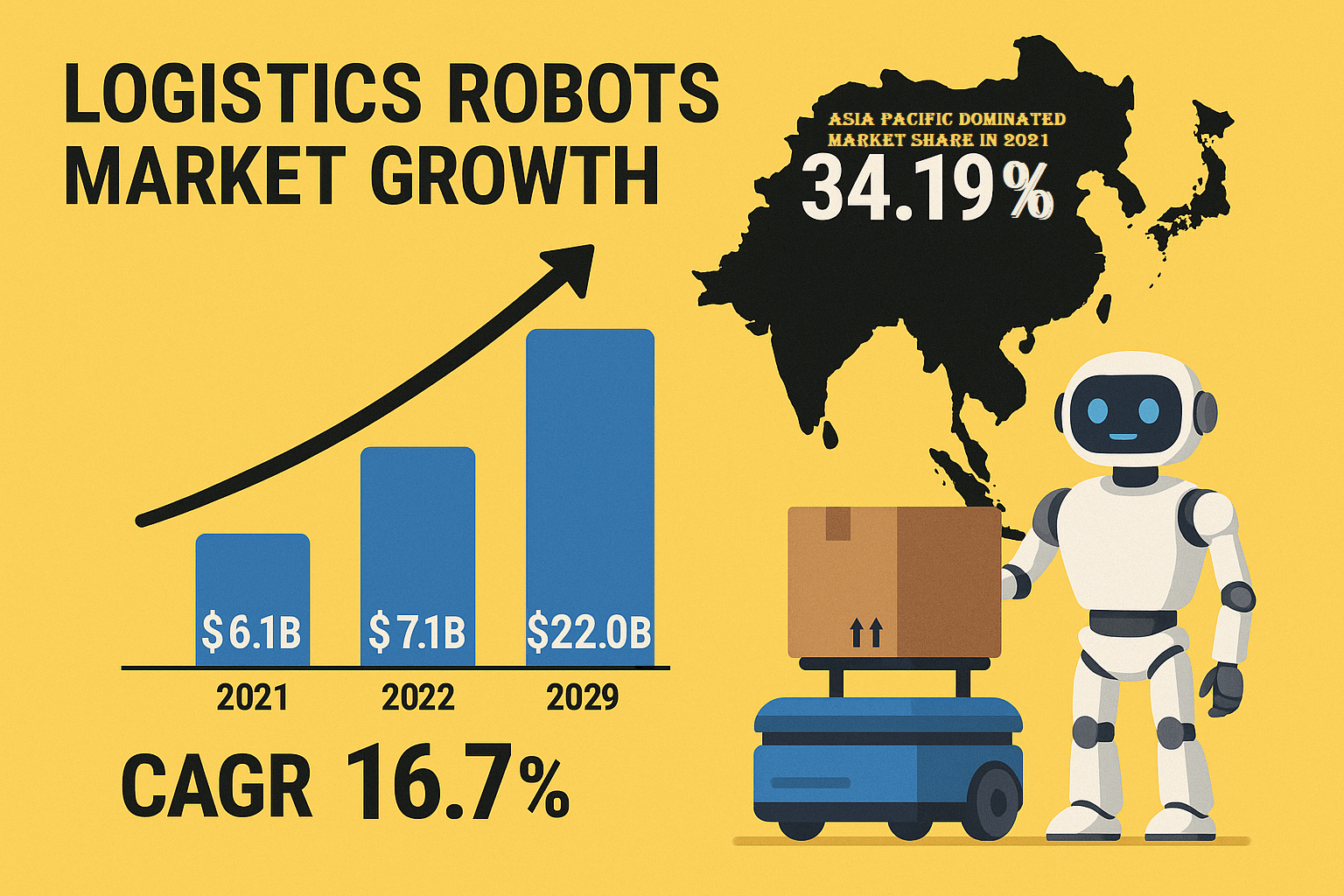
Strong 8k brings an ultra-HD IPTV experience to your living room and your pocket.
The Logistics Robots Market has been expanding significantly in recent years, driven by various key factors. This report provides a comprehensive analysis of the market, including market size, trends, drivers and constraints, competitive aspects, and prospects for future growth.
Market Size & Growth:
- The Logistics Robots Market size reached a valuation of USD 6.17 billion in 2021.
- The Logistics Robots Market growth is projected to reach a valuation of USD 21.01 billion by 2029.
- The Logistics Robots Market share is expected to register a compound annual growth rate (CAGR) of 16.7% from 2021 to 2029.
Recent Key Trends:
- FANUC Corporation launched advanced LR-10iA/10 robots. These robots are compact and suitable for companies with limited floor space. These robots fit into machine tools for loading and unloading the parts. The LR-10iA/10 solution helps distribution centers, logistics warehouses, and manufacturers overcome obstacles associated with labor shortages and also reduces operating costs.
- Toyota Industries Corporation launched a global autonomous vehicle software development firm, T-Hive. The new firm T-Hive would provide a control system and industrial logistics robotics solutions, including automated guided forklifts, automated guided vehicles, and autonomous mobile robots. The new firm was established to meet the robots' growing demands for its customers.
- ABB Ltd. launched collaborative robots named SWIFTI and GoFa cobot, offering high payloads and speeds for logistics and other industries. These cobots can deliver more robust, faster automation in several industries, including healthcare, electronics, consumer goods, logistics, food and beverages, and others.
- Kion Group AG partnered with Fraunhofer IML to develop swarm robots for warehouse management. The partnership made a logistic robots project and developed ‘the LoadRunner’ robot for warehousing. The next generation of autonomous transport vehicles revolutionizes intralogistics solutions with Artificial Intelligence (AI) technology. Swarm robotics simplifies the warehouses—with KION as the exclusive champion of the new technology.
- Toshiba Corporation’s subsidiary firm Toshiba Machine launched collaborative robots. With SCARA duo-arm and humanoid duo-arm cobots, the company expanded its robot line and prepared to do business as Shibaura Machines.
This Report includes a company overview, company financials, revenue generated, market potential, investment in research and development, new market initiatives, production sites and facilities, company strengths and weaknesses, product launch, product trials pipelines, product approvals, patents, product width and breath, application dominance, technology lifeline curve. The data points provided are only related to the company's focus related to Logistics Robots markets. Leading global Logistics Robots market players and manufacturers are studied to give a brief idea about the competitions.
Get a Free Sample Research PDF: https://www.fortunebusinessinsights.com/enquiry/request-sample-pdf/102923
Key Players:
- ABB Ltd (Switzerland)
- KUKA AG (Germany)
- Toyota Industries Corporation (Japan)
- Fanuc Corporation (Japan)
- Yaskawa Electric Corporation (Japan)
- Kion Group Ag (Germany)
- Toshiba Corporation (Japan)
- Krones AG (Germany)
- Kawasaki Heavy Industries Ltd. (Japan)
- Omron Corporation (Japan)
Regional Trends:
North America: U.S., Canada, Mexico
Europe: Germany, U.K., France, Italy, Spain, Rest of Europe
Asia Pacific: China, Japan, India, South Korea, Australia, Rest of Asia Pacific
Latin America: Brazil, Argentina, Rest of Latin America
Middle East & Africa: GCC Countries, South Africa, Rest of MEA
Highlights of Our Report
Our report offers extensive market analysis, providing a deep dive into manufacturing capabilities, production volumes, and technological innovations within the Logistics Robots Market. It includes detailed corporate insights with in-depth reviews of company profiles, highlighting major players and their strategic moves in this competitive landscape. The report also examines consumption trends to shed light on current demand dynamics and consumer preferences. Comprehensive segmentation details illustrate the market’s distribution across various end-user segments, applications, and industries. In addition, there is a thorough pricing evaluation that explores pricing structures and the key factors influencing market strategies. Finally, the report presents a forward-looking outlook, offering predictive insights into emerging trends, growth opportunities, and potential challenges that may shape the market’s future.
Market Segmentation:
By Type
- Automated Guided Vehicles
- Autonomous Mobile Robots
- Robot Arms
- Others (UAVs)
By Application
- Palletizing & De-palletizing
- Pick & Place
- Transportation
- Others (Shipment & Delivery)
By Industry
- E-commerce
- Healthcare
- Retail
- Food & Beverages
- Automotive
- Others (Consumer Electronics)
Key Drivers/ Restrains:
-
Drivers:
- Increasing demand for automation in supply chain and warehousing operations driving the adoption of logistics robots to enhance efficiency and reduce labor costs.
- Technological advancements in robotics, including improved navigation and AI capabilities, enabling logistics robots to perform complex tasks with greater accuracy.
-
Restraints:
- High initial investment and integration costs associated with logistics robots may deter small and medium-sized enterprises from adopting these technologies.
- Concerns about job displacement and the need for skilled personnel to operate and maintain robotic systems can hinder market acceptance.
In Summary:
The logistics robots market is rapidly expanding as warehouses and fulfillment centers automate material handling. AI-driven autonomous robots, collaborative robotics, and predictive analytics are optimizing logistics operations. As global supply chains evolve, demand for logistics robots continues to rise.
About Us:
Fortune Business Insights™ delivers accurate data and innovative corporate analysis, helping organizations of all sizes make appropriate decisions. We tailor novel solutions for our clients, assisting them to address various challenges distinct to their businesses. Our aim is to empower them with holistic market intelligence, providing a granular overview of the market they are operating in.
Note: IndiBlogHub features both user-submitted and editorial content. We do not verify third-party contributions. Read our Disclaimer and Privacy Policyfor details.



